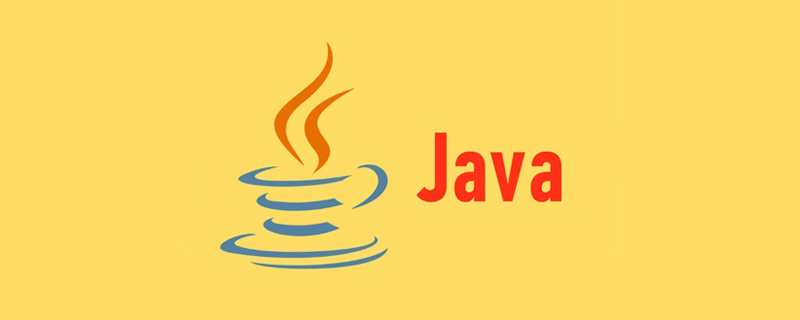Die acht grundlegenden Datentypen von Java sind: Byte (Bit), Short (Short Integer), Int (Integer), Long (Long Integer), Float (einfache Genauigkeit), Double (doppelte Genauigkeit), char (Zeichen), boolean (boolescher Wert).

Informationen zu den 8 grundlegenden Datentypen von Java, ihren Namen, Ziffern, Standardwerten, Wertebereichen und Beispielen finden Sie in der folgenden Tabelle:
Seriennummer |
Datentyp |
Anzahl der Ziffern |
Standardwert |
Wert Bereich |
Beispiel |
| 1 | Byte(Bit) | 8 | 0 | -2^7 - 2^7-1 | Byte b = 10; |
| 2 | kurz (kurze Ganzzahl) | 16 | 0 | -2^ 15 - 2^15-1 | kurze s = 10; |
| 3 | int (Ganzzahl) | 32 | 0 | -2^ 31 - 2^31-1 | int i = 10; |
| 4 | long(lange Ganzzahl) | 64 | 0 | -2 ^63 - 2^63-1 | long l = 10l; |
| 5 | Float (einfache Genauigkeit) | 32 | 0,0 | - 2^31 - 2^31-1 | float f = 10.0f; |
| 6 | doppelt(doppelt) | 64 | 0,0 | -2^63 - 2^63-1 | double d = 10.0d; |
| 7 | char (Zeichen) | 16 | Leer | 0 - 2^16-1 | char c = 'c'; |
| 8 | boolean (Boolescher Wert) | 8 | falsch | wahr, falsch | boolean b = true; |
Um den Inhalt der Tabelle zu überprüfen, führen Sie den Bestätigungscode in Eclipse wie folgt aus:
package com.ce.test;
class Test {
static byte b;
static short s;
static int i;
static long l;
static float f;
static double d;
static char c;
static boolean bo;
public static void main(String[] args) {
System.out.println("byte的大小:"+Byte.SIZE
+";默认值:"+b
+";数据范围:"+Byte.MIN_VALUE+" - "+Byte.MAX_VALUE);
System.out.println("short的大小:"+Short.SIZE
+";默认值:"+s
+";数据范围:"+Short.MIN_VALUE+" - "+Short.MAX_VALUE);
System.out.println("int的大小:"+Integer.SIZE
+";默认值:"+i
+";数据范围:"+Integer.MIN_VALUE+" - "+Integer.MAX_VALUE);
System.out.println("long的大小:"+Long.SIZE
+";默认值:"+l
+";数据范围:"+Long.MIN_VALUE+" - "+Long.MAX_VALUE);
System.out.println("float的大小:"+Float.SIZE
+";默认值:"+f
+";数据范围:"+Float.MIN_VALUE+" - "+Float.MAX_VALUE);
System.out.println("double的大小:"+Double.SIZE
+";默认值:"+d
+";数据范围:"+Double.MIN_VALUE+" - "+Double.MAX_VALUE);
System.out.println("char的大小:"+Character.SIZE
+";默认值:"+c
+";数据范围:"+Character.MIN_VALUE+" - "+Character.MAX_VALUE);
System.out.println("boolean的大小:"+Byte.SIZE
+";默认值:"+bo
+";数据范围:"+Byte.MIN_VALUE+" - "+Byte.MAX_VALUE);
}
} Empfohlenes Tutorial: „
Empfohlenes Tutorial: „
“
Das obige ist der detaillierte Inhalt vonWas sind die acht grundlegenden Datentypen von Java?. Für weitere Informationen folgen Sie bitte anderen verwandten Artikeln auf der PHP chinesischen Website!